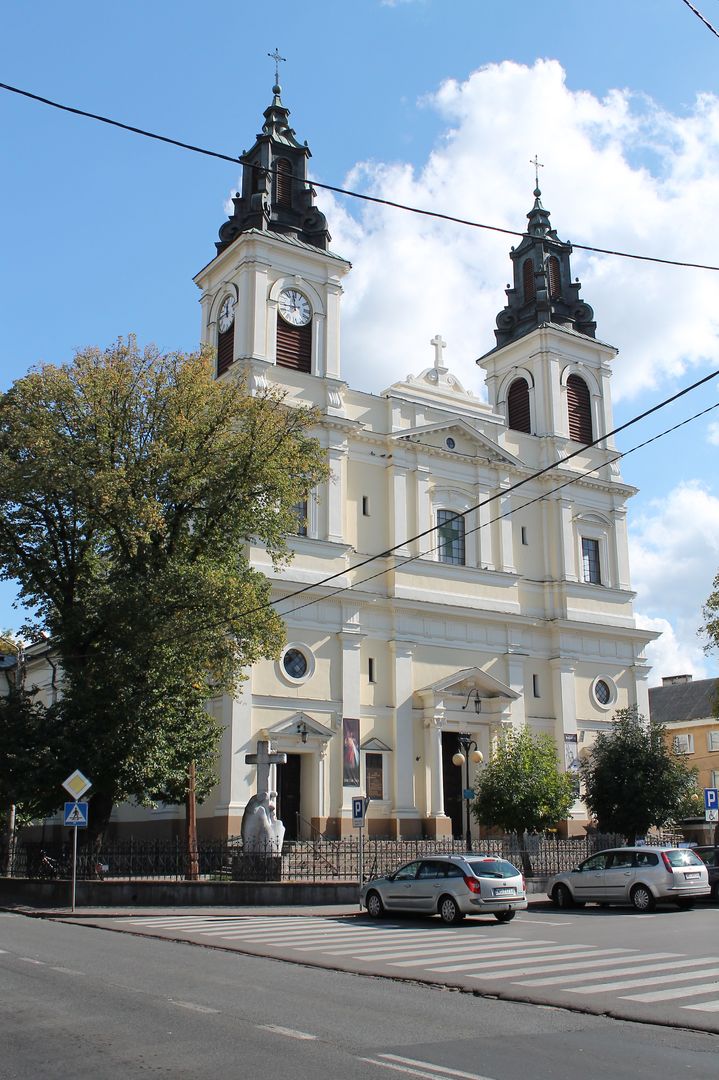Garwolin
6.44

Overview
Garwolin, a city in the Masovian Voivodeship, boasts a rich history dating back at least 2,000 years. It was granted municipal rights before 1423. Situated on the Wilga River, 60 kilometers from Warsaw, Garwolin became an important center of craft and trade in the 16th century. At that time, the city had 260 houses and 230 artisans. During the Swedish Deluge, Garwolin suffered significant damage, and subsequent historical turmoil, such as the partitions of Poland and World War II, brought further destruction. As a result of wartime actions, the city was nearly 70% destroyed. After the war, Garwolin was rebuilt, with new housing estates and industries developed. The architecture of Garwolin is dominated by landmarks such as the neo-baroque Collegiate Church of the Transfiguration of the Lord, the "Sulbiny" Park, and a manor complex. The city also takes pride in its cultural traditions, with institutions like the City and County Public Library, the "Wilga" Cinema, as well as amateur theaters and sports clubs. Various religious communities operate in Garwolin, including Catholic parishes and a Jehovah's Witnesses congregation. The city has a custom of awarding honorary titles, and its renowned writers, such as Miron Białoszewski and Joanna Chmielewska, have contributed to its recognition in literature. Partnerships with Fürstenau in Germany and Brody in Ukraine highlight Garwolin's international connections. An interesting fact is that the city is famous for the legend of rooks associated with its name.
Location
2025 Wizytor | All Rights Reserved